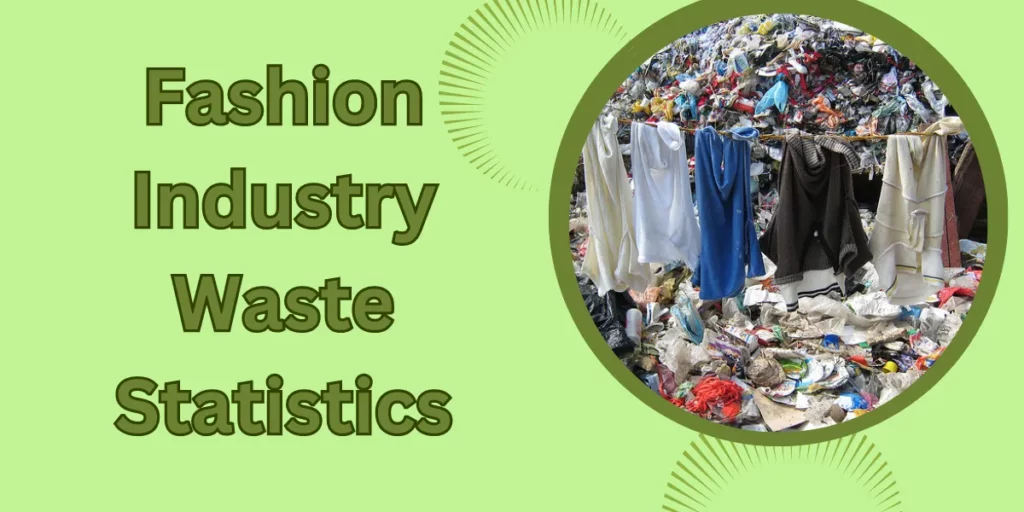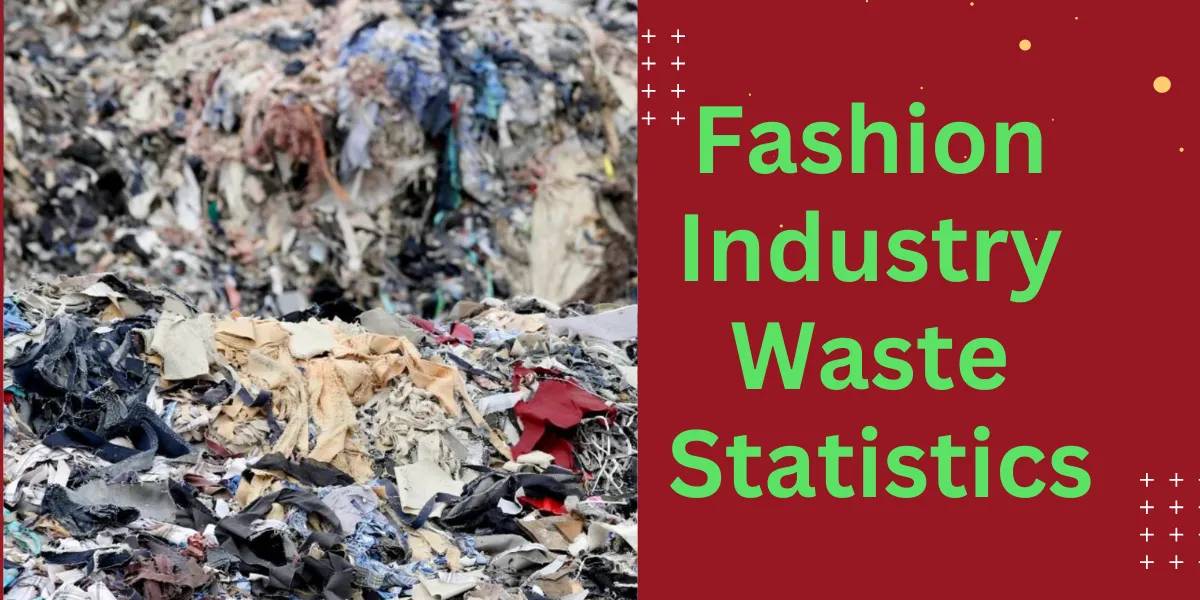Fashion Industry Waste Statistics: A Comprehensive Examination of Environmental Impact
The fashion industry, renowned for its dynamic and ever-evolving nature, has become synonymous with high levels of environmental pollution and waste generation. This global industry’s fast-paced cycles and the emergence of fast fashion have contributed to an alarming increase in waste throughout the entire fashion supply chain, encompassing production, consumption, and disposal. This article aims to delve into the intricate details of fashion industry waste statistics, shedding light on the magnitude of this environmental challenge.
Clothing Production and Consumption:
Over the past few decades, global clothing production has experienced exponential growth. Between 2000 and 2014, the production volume doubled, exceeding a staggering 100 billion garments annually.
Concurrently, consumer behaviour has shifted, with individuals now purchasing approximately 60% more clothing items than in 2000. Unfortunately, this increase in consumption is accompanied by a decrease in garment utilization, as people tend to discard their clothes after significantly shorter periods. Consequently, an estimated 85% of textiles produced by the fashion industry find their way into landfills or incinerators.

Textile Waste Generation:
The fashion industry’s impact on waste generation is significant, with an overwhelming amount of textile waste generated worldwide each year. In the United States alone, over 15 million tons of textile waste is produced annually .Fashion Industry Waste Statistics
Astonishingly, a mere 15% of this waste is recycled, leaving the remaining 85% to be dumped into landfills, where they occupy valuable space and contribute to environmental degradation. Fashion Industry Waste Statistics Of particular concern are synthetic materials like polyester and nylon, which can take hundreds of years to decompose, exacerbating the longevity of their environmental impact.
Overproduction and Unsold Inventory:
One of the most pressing issues plaguing the fashion industry is overproduction. A startling 30% of all clothing manufactured globally still needs to be sold, accumulating excess inventory. To manage this surplus, many retailers and brands resort to discounting or even destroying unsold products, resulting in significant wasted resources and materials. This practice contributes to environmental harm and raises ethical questions about sustainability and the responsible use of resources. Luxury brands have also been known to incinerate or destroy their unsold items to maintain exclusivity, further exacerbating the environmental consequences.
Water Consumption and Pollution:
Water plays a vital role in various stages of garment production, making the fashion industry one of the largest consumers of this precious resource. For instance, the production of a single cotton T-shirt requires an astonishing 2,700 litres of water, equivalent to the amount an individual typically drinks over three years.
Moreover, the dyeing and treatment of textiles involve chemical-intensive processes that consume significant amounts of water and contribute to water pollution. The release of hazardous substances into water bodies due to these processes poses a serious threat to aquatic ecosystems and the communities that rely on them.
Microplastics and Air Pollution:
In addition to water pollution, the fashion industry is also associated with releasing microplastics into the environment. Synthetic materials, widely used in clothing production, shed microfibers during washing, eventually finding their way into rivers, lakes, and oceans.
These microplastics pose risks to marine life and enter the human food chain, raising concerns about potential health impacts. Furthermore, the incineration of textile waste contributes to air pollution, releasing harmful emissions and exacerbating the industry’s carbon footprint. The fashion industry’s waste statistics reveal the immense environmental toll it exacts, from excessive textile waste generation to overproduction and water pollution.

















